The preparation of tomato seeds for sowing is the first crucial step toward achieving a robust harvest. This process may involve several methods, depending on your preferences and the type of seeds you’re working with.
Characteristics of Tomato Seeds
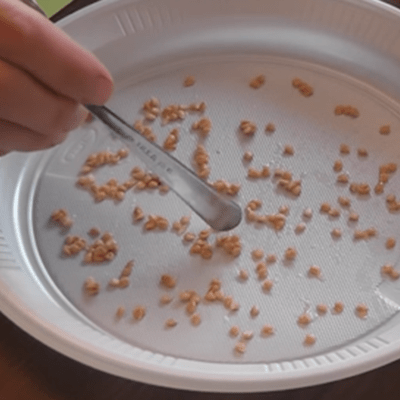
You can choose to apply one or more of these preparation methods. However, keep in mind that most imported and domestic tomato seeds are already treated (coated or pelleted) with various protective agents, eliminating the need for additional preprocessing. In such cases, sowing tomato seeds directly is often sufficient. If you still wish to treat the seeds yourself, rinse them in warm water first before applying any preparations.
The preparation of tomato seeds for sowing seedlings may also vary depending on the type of seed material. For instance, pelleted seeds require no additional preparation, while primed seeds—already slightly pre-germinated—can only be treated with growth stimulants and should not be exposed to high temperatures.
If you’ve purchased untreated seeds or plan to sow tomato seeds collected by hand, it’s essential to sort out any damaged, overly small, hollow, or discolored seeds (e.g., black, dark brown, or gray).
How to Sow Tomato Seeds: Initial Preparation
Many gardeners use a water-based culling method, soaking seeds in warm water and discarding those that float. However, this method is not suitable for tomato seeds, especially when to sow tomato seeds that are unpolished or poorly polished, as they may float regardless of quality.
After a thorough visual inspection, you can proceed with the seed stimulation methods outlined below.
Temperature Considerations
Temperature during storage and germination is a critical factor affecting the germination rate of tomato seeds and the quality of future seedlings. To achieve optimal results, consider the following parameters:
- Moisture Content: Tomato seeds for sowing seedlings should have a moisture content of 5–11%. Excessive moisture can lead to mold growth and premature germination.
- Storage Temperature: Seeds should be stored at 0.5–3°C. High temperatures combined with moisture levels above 5–11% can harm tomato seeds, causing slow germination and fragile embryonic roots that may break during handling, potentially killing the seed.
- Germination Temperature: In a greenhouse, the ideal germination temperature is 25–30°C. For direct sowing, the optimal average daily soil temperature should be 15–18°C, with a minimum of 14–16°C.

Optimal Storage Conditions for Tomato Seeds
The preparation of tomato seeds for sowing seedlings also includes hardening (stratification). There are several types of stratification—cold or warm, dry or wet. Cold-wet stratification, where seeds are placed on damp gauze and refrigerated for 2–3 days, is rarely used.
A better option is cold-dry stratification. Place tomato seeds in paper envelopes and store them in the refrigerator for 5–7 days (if they weren’t already stored there). Afterward, warm them to room temperature before proceeding with sowing.
Another popular method is warm-wet stratification. Place seeds on gauze or bandages, moisten with warm water (35–45°C), wrap them, and keep them in a warm environment (25–30°C, but not exceeding 35°C). By the second day, the tomato seeds should begin to sprout, allowing you to carefully plant them in the soil.
Be cautious: Sprouts from warm-wet stratification are fragile and require gentle handling to avoid damage.
Some gardeners believe that this temperature treatment helps varieties and hybrids better withstand frosts or other adverse conditions in the future. However, this step is not essential, especially in warmer regions, when determining the best time to sow tomato seeds.
Seed Treatment
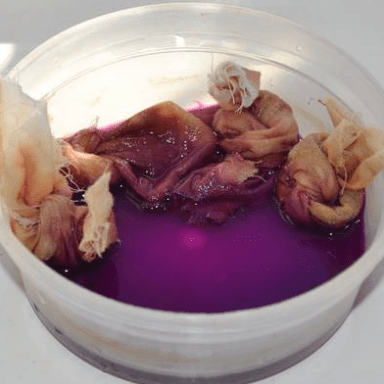
The preparation of tomato seeds for sowing in open ground or a greenhouse begins with treatment to protect the seeds (disinfection) and promote faster growth (stimulation). Disinfection at home can be done using:
- Potassium Permanganate: Use a 1% solution (1 gram dissolved in 100 ml of water) and soak the seeds for 15–20 minutes. Allow them to dry afterward, then proceed with stratification or sow directly into the soil.
- Hydrogen Peroxide: Use a 3% solution and follow the same process as with potassium permanganate.
- Natural Remedies: A common method is a garlic infusion. Crush 3–4 garlic cloves, mix with a glass of water, seal tightly, and let it steep for 24 hours. Soak the seeds in this solution for 20–30 minutes, then dry them.
For more reliable results, consider using commercial chemical or biological preparations like Fitosporin, Previcur, or Fitokhelp. These are convenient due to their small packaging and affordable prices.
However, exercise caution when working with these treatments or any disinfectants. Follow the instructions carefully to avoid harming your health or the seeds.
In large-scale production or when treating large batches of seeds, it’s better to rely on specialized laboratories or use chamber or auger seed treatment machines. These are expensive but significantly reduce labor and ensure more thorough coverage.
Growth Stimulation
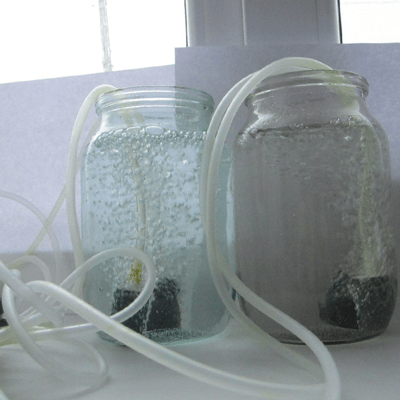
The preparation of tomato seeds for sowing seedlings may also involve growth stimulants. These not only strengthen the seeds but also promote faster germination and reduce the risk of poor sprouting. They can be used for both seedling and direct sowing.
For stimulation, you can use:
Natural Methods: Soak seeds in a 1:1 solution of aloe juice and water for 30 minutes, or use melted snow water, honey, or potato juice (prepared similarly to aloe).
Commercial Preparations: Products like Epin, Zircon, or Kornevin are highly effective.
Enhancing Growth and Germination
Additional steps in preparing tomato seeds for sowing may include barbotage and pre-germination.
Barbotage is a process that enriches seeds with oxygen using water, removing essential oils that naturally delay germination. To set up barbotage, you’ll need an aquarium compressor, a water container, a funnel, and a small seed bag. Place the compressor hose at the bottom of the container filled with water (at least 20°C), attach the funnel, and place the seed bag inside, or simply place the bag at the bottom. Run the compressor for 11–12 hours, then dry the seeds until they are free-flowing.
Pre-germination helps tomato sprouts emerge faster and improves germination rates. Use a shallow dish, Petri dish, or similar container. Line the bottom with gauze, filter paper, cosmetic pads, or a porous material. Spread the seeds evenly, moisten them, cover the container tightly, and place it in a warm (20–25°C, ideally 25–30°C), shaded location away from direct sunlight.
Check the seeds several times a day for aeration and ensure they don’t dry out. Stop pre-germination once small roots appear.
Step-by-Step Preparation Process
To prepare tomato seeds for sowing seedlings using the methods above, follow this sequence:
- Sort and discard damaged or poor-quality seeds.
- Perform hardening and warming treatments.
- Disinfect the seeds and apply a growth stimulant.
- Pre-germinate the seeds, then sow them in soil or for seedlings.
Determining when to start sowing tomato seeds is critical, as proper preparation is a vital step in ensuring a high-quality, abundant vegetable harvest. The sowing time of tomatoes will depend on your region and growing conditions, but following these steps ensures the best chance for success.
If you have found a spelling error, please, notify us by selecting that text and pressing Ctrl+Enter.

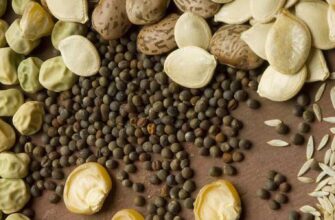
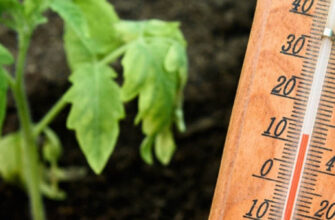
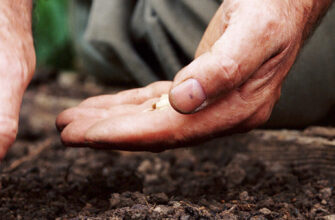
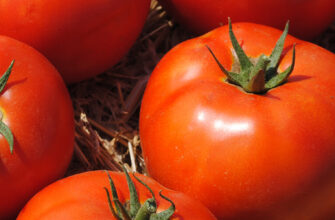
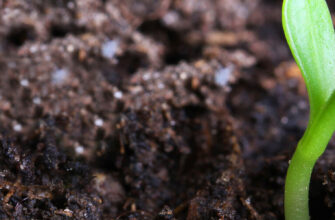
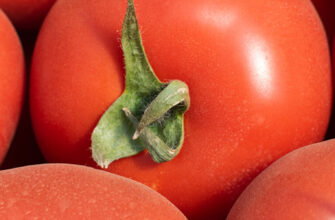
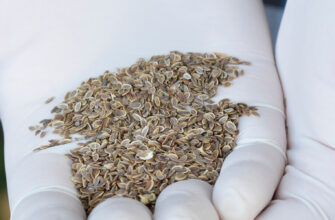
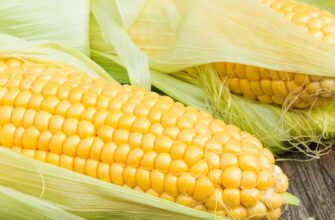
And how to weigh 1 gram, small household scales do not react
Good day! In this case, you can measure the tomato individually – in 1 g of tomato from 250 to 300 seeds.